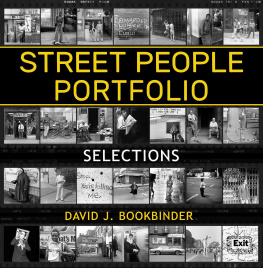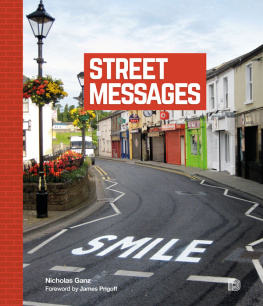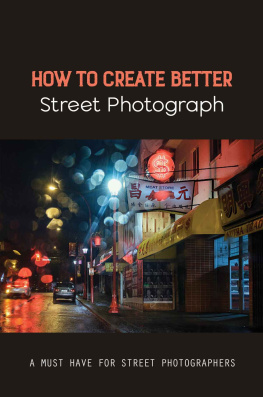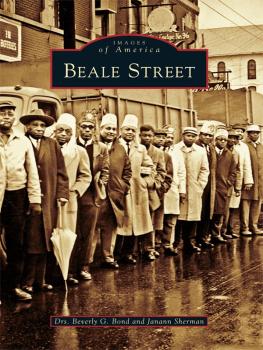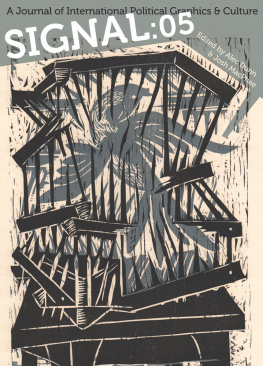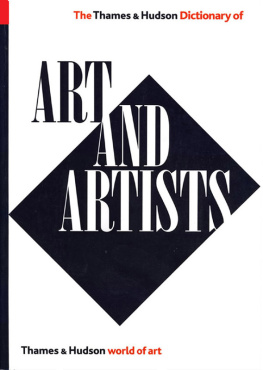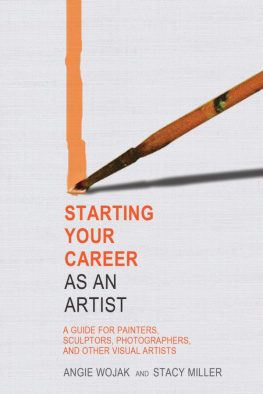David J. Goodwin - Left Bank of the Hudson: Jersey City and the Artists of 111 1st Street
Here you can read online David J. Goodwin - Left Bank of the Hudson: Jersey City and the Artists of 111 1st Street full text of the book (entire story) in english for free. Download pdf and epub, get meaning, cover and reviews about this ebook. City: New York, year: 2017, publisher: Fordham University Press, genre: Romance novel. Description of the work, (preface) as well as reviews are available. Best literature library LitArk.com created for fans of good reading and offers a wide selection of genres:
Romance novel
Science fiction
Adventure
Detective
Science
History
Home and family
Prose
Art
Politics
Computer
Non-fiction
Religion
Business
Children
Humor
Choose a favorite category and find really read worthwhile books. Enjoy immersion in the world of imagination, feel the emotions of the characters or learn something new for yourself, make an fascinating discovery.

- Book:Left Bank of the Hudson: Jersey City and the Artists of 111 1st Street
- Author:
- Publisher:Fordham University Press
- Genre:
- Year:2017
- City:New York
- Rating:3 / 5
- Favourites:Add to favourites
- Your mark:
Left Bank of the Hudson: Jersey City and the Artists of 111 1st Street: summary, description and annotation
We offer to read an annotation, description, summary or preface (depends on what the author of the book "Left Bank of the Hudson: Jersey City and the Artists of 111 1st Street" wrote himself). If you haven't found the necessary information about the book — write in the comments, we will try to find it.
In the late 1980s, a handful of artists priced out of Manhattan and desperately needing affordable studio space discovered 111 1st Street, a former P. Lorillard Tobacco Company warehouse. Over the next two decades, an eclectic collection of painters, sculptors, musicians, photographers, filmmakers, and writers dreamt and toiled within the buildings labyrinthine halls. The local arts scene flourished, igniting hope that Jersey City would emerge as the next grassroots center of the art world. However, a rising real estate market coupled with a provincial political establishment threatened the community at 111 1st Street. The artists found themselves entangled in a long, complicated, and vicious fight for their place in the building and for the physical survival of 111 1st Street itself, a site that held so much potential, so much promise for Jersey City.
Left Bank of the Hudson offers a window into the demographic, political, and socio-economic changes experienced by Jersey City during the last thirty years. Documenting the narrative of 111 1st Street as an act of cultural preservation, author David J. Goodwins well-researched and significant contribution addresses the question of the role of artists in economically improving cities. As a Jersey City resident, Goodwin applies his knowledge of the citys rich history of political malfeasance and corruption, including how auspicious plans for a waterfront arts enclave were repeatedly bungled by a provincial-minded city administration. In writing this story, Goodwin interviewed thirteen artists and residents, two businesses, three government officials, and five non-profits, civic organizations, and community activists. The book chronologically explores the history and business of the P. Lorillard Tobacco Company, its evolution into a bustling arts community, the battle to preserve the warehouse as a historic structure, and the lessons to be drawn from the loss and ultimate demolition of the building in 2007, as well as the present state of the neighborhood.
Setting the facts straight for future generations, Left Bank of the Hudson provides an illustrative lesson to government officials, scholars, students, activists, and everyday citizens attempting to navigate the rediscovery of American cities.
David J. Goodwin: author's other books
Who wrote Left Bank of the Hudson: Jersey City and the Artists of 111 1st Street? Find out the surname, the name of the author of the book and a list of all author's works by series.

